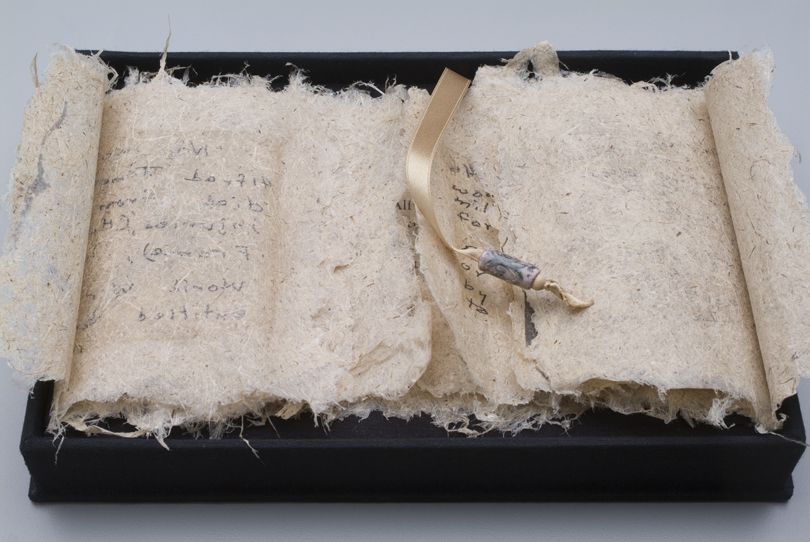I’ve been making artist books for years and know of many others who make them. However, our community compared to that of say, writers, sculptors, and painters in the general population is quite small.
Often, I am asked to define what an artist book is. Most know what a painting is, what a sculpture is, what a novel is…at least in general terms. An artist book can be all of those things and more! In many cases, one can touch an artist book even if it’s with gloves. This is very different from experiencing other types of art and the artist can manipulate these qualities to enhance the viewer’s experience.
Many have attempted to distill the definition of an artist book. Suffice it to say an artist book can consist of any of the following:
A writing encased in a fine binding
A bound collection of images or writing
A sculpture made from a book or books
An old book that has been altered - ex. painted, folded, cut - to enhance the original meaning
A box with papers featuring unique writing.
A book form constructed with unconventional materials such as plastic, plants, soil etc.
This is certainly not an all-inclusive list. Most artist books have a sculptural component and text, but not all. Most are portable and meant to be touched, but not all. The image above is of Continuum, which I also consider an artist book that is in the form of a quilt. The lines between the book and other forms of art are indeed blurred. Books can be made of textiles, tiles, or plants. There are even edible books!
















